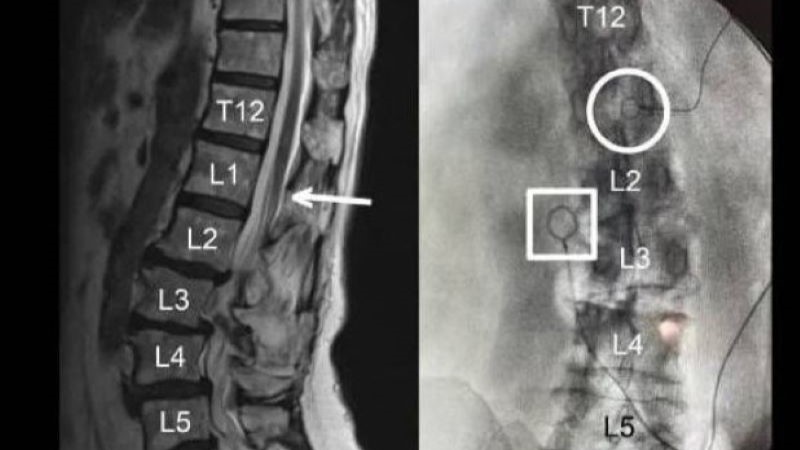
Nearly one in five patients waiting to undergo total hip arthroplasty (THA) described their state ahead of the procedure as “worse than death (WTD),” according to a new cross-sectional analysis. The findings were published in The Bone & Joint Journal. A smaller percentage awaiting total knee arthroplasty (TKA) also reported pain WTD, the researchers noted.
Patients waiting for hip operations suffering 'pain worse than death' This is why people should get access to treatment quickly. Too many CCGs refusing treatment on non clinical grounds against NICE guidelines. https://t.co/MdBctCOYlw via @telegraphnews
— Sue Brown (@SueBrownSB) August 16, 2019
“The EuroQol five-dimension (EQ-5D) questionnaire is a widely used multiattribute general health questionnaire where an EQ-5D < 0 defines a state ‘worse than death’ (WTD),” wrote the researchers. “The aim of this study was to determine the proportion of patients awaiting total hip arthroplasty (THA) or total knee arthroplasty (TKA) in a health state WTD and to identify associations with this state.”
Waiting times for surgery are already unacceptable, and now @Telegraph reveals patients waiting for hip operations suffer 'pain worse than death'. This is not OK. Urgent action is needed so that those in agony get the treatment they need, when they need it https://t.co/d3lh7aPw2W
— Versus Arthritis (@VersusArthritis) August 16, 2019
The study included 2,073 THAs performed in 2,073 patients (mean age, 67.4 years; mean body mass index [BMI], 28.5 kg/m2; 60% were female) and 2,168 TKAs performed in 2,168 patients (mean age, 69.3 years; mean BMI, 30.8 kg/m2; 57% were female). Researchers evaluated any association between a EuroQol five-dimension (EQ-5D) questionnaire score < 0 and the following variables: age, body mass index (BMI), sex, deprivation quintile, comorbidities, and functional outcomes measured by the Oxford Hip Score (OHS) or Oxford Knee Score (OKS). One year postoperatively, 1,555 THAs and 1,700 TKAs underwent EQ-5D and OHS or OKS again.
Study by Edinburgh University finds that patients waiting for hip operations are suffering 'pain worse than death': https://t.co/NXkywIEdqO via @telegraphnews
— Leigh Day Healthcare (@LeighDayHealth) August 16, 2019
In total, 391 THA patients (19%) and 263 TKA patients (12%) were WTD prior to surgery. In THA patients, factors associated with WTD included preoperative OHS, deprivation, and chronic obstructive pulmonary disease, and in TKA, factors included OKS, peripheral arterial disease, and inflammatory arthropathy (P < 0.05). Among both cohorts, EQ-5D scores significantly improved one year after surgery; WTD rates in THA and TKA patients fell to 35 (2%) and 53 (3%), respectively. Preoperative WTD had significantly poorer one-year OHS and OKS and satisfaction rates compared to patients who were not WTD before surgery.
"Pain worse than death" – 20% of hip #Arthritis patients on total hip replacement list rate their pain#FAI #Dysplasia #LabralTear are the top reasons for #Hip arthritis. https://t.co/SuTzn7OyMthttps://t.co/kPvGGbA4V5
— Joshua Harris, MD (@JoshuaHarrisMD) August 16, 2019
Study author Chloe Scott, consultant orthopaedic surgeon and honorary senior clinical lecturer at the University of Edinburgh, said in a press release, “Patients with the most extreme EQ-5D scores should be a priority for health care delivery. Indeed, given the overall high levels of pain and disability described by all patients awaiting joint replacement compared with most other illnesses, access to appropriate treatment should be free and available to all at the time of need not limited by cost or bed availability.”







 © 2025 Mashup Media, LLC, a Formedics Property. All Rights Reserved.
© 2025 Mashup Media, LLC, a Formedics Property. All Rights Reserved.